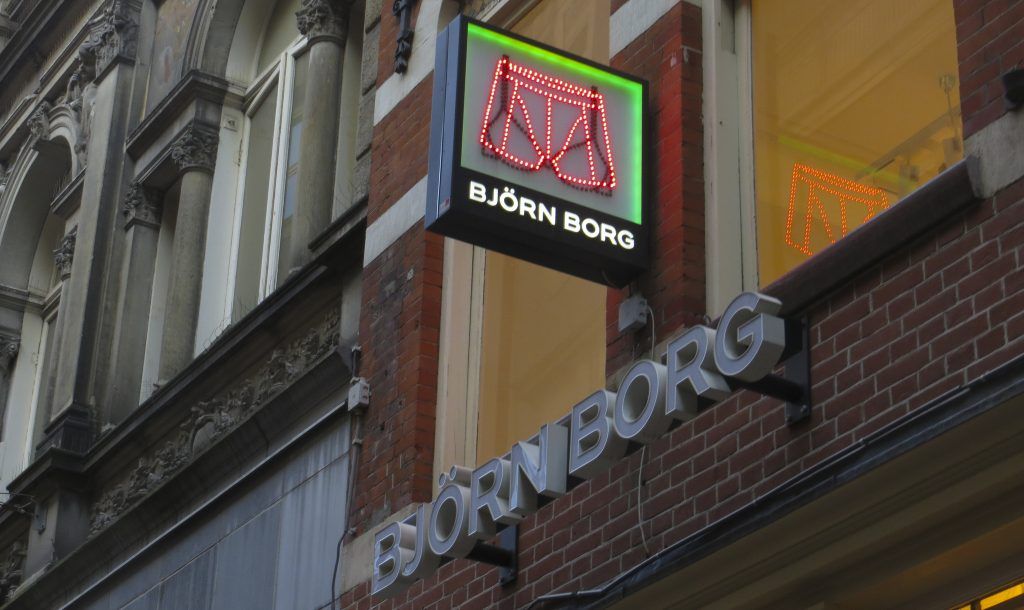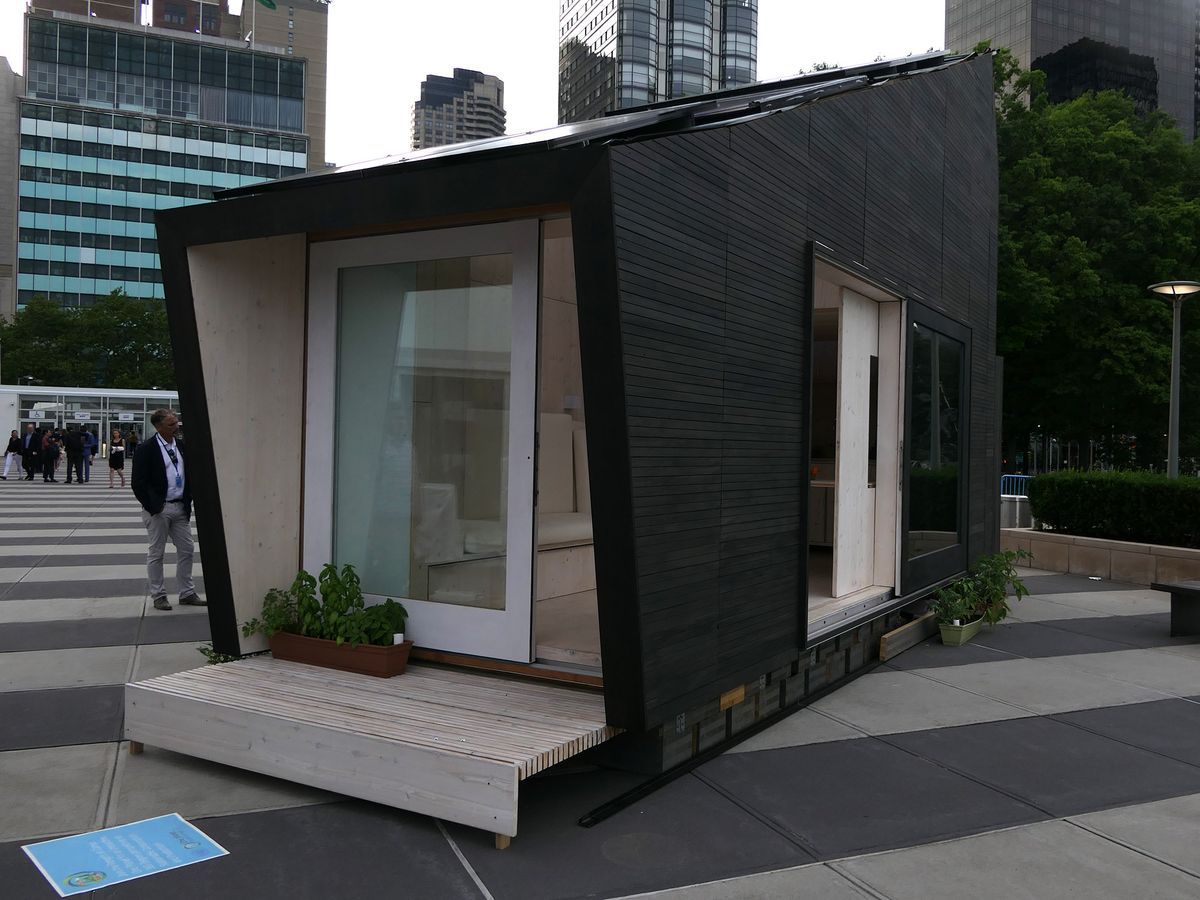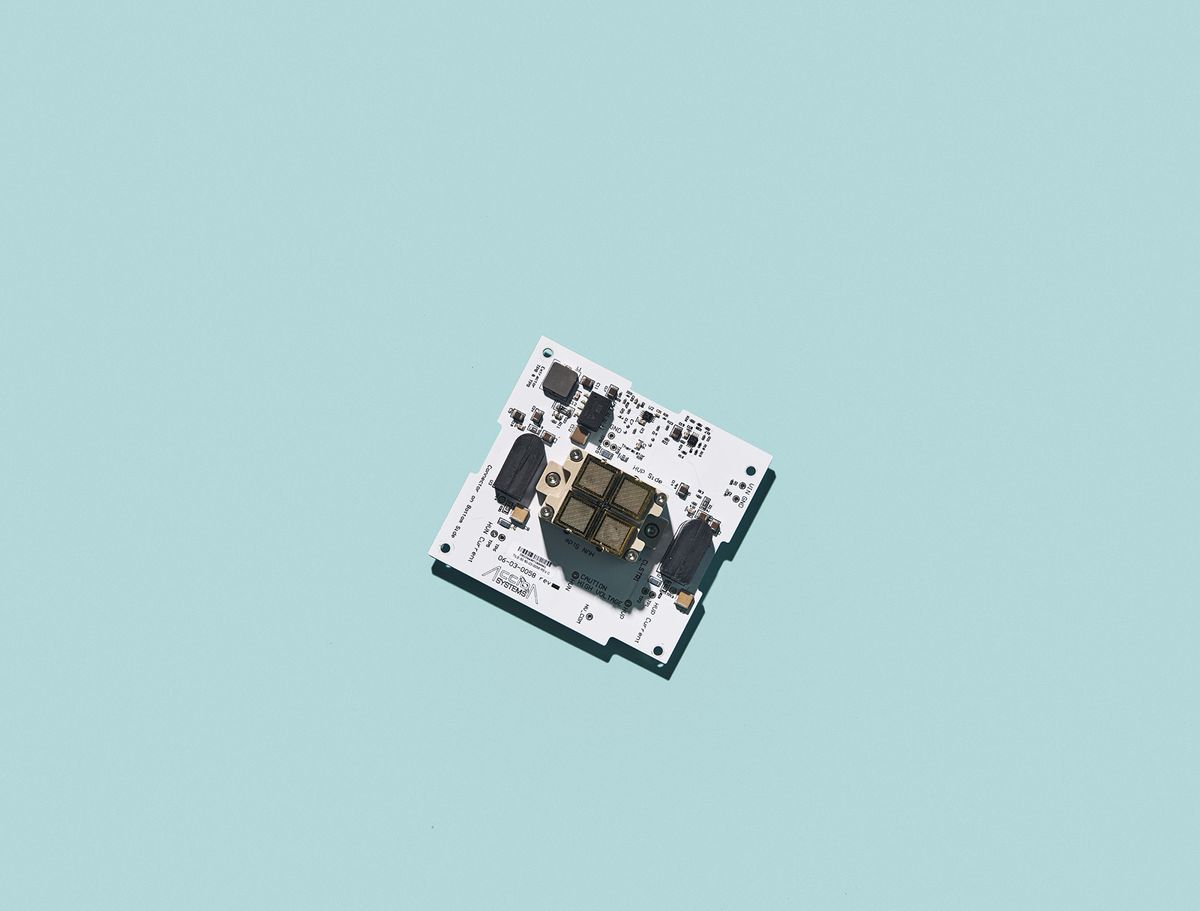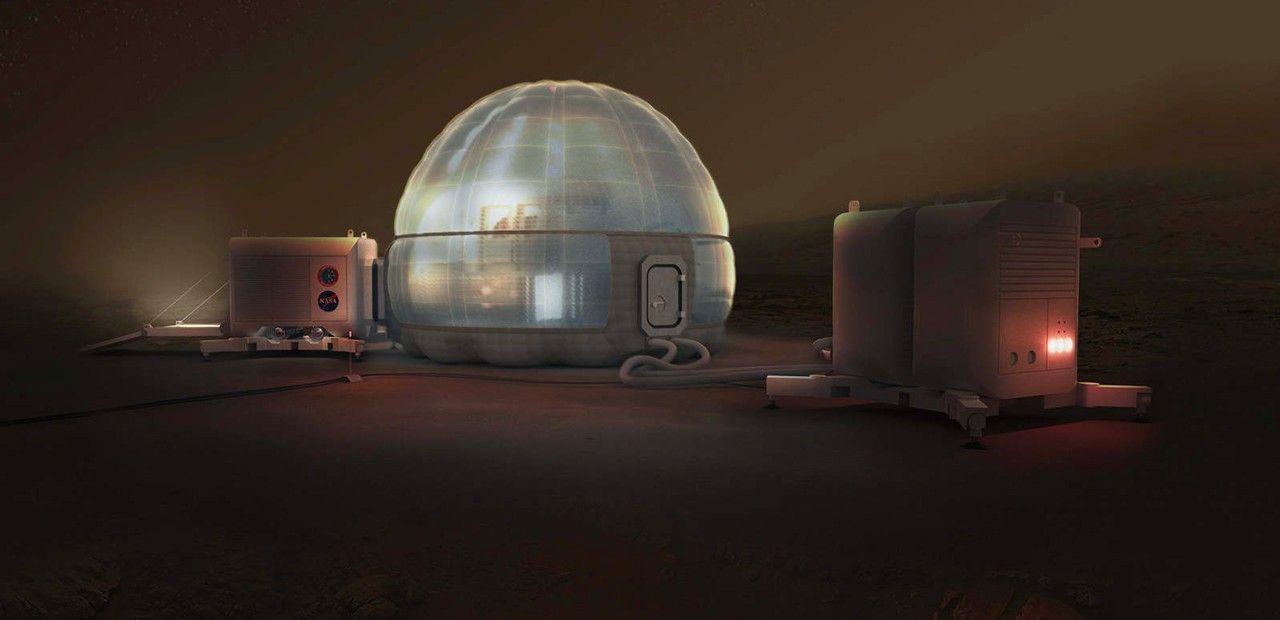Often only a few years separate the tinfoil hats from the millionaires to be. I was writing the piece on the Youbionic arm and thinking of how we will use 3D printing to augment human beings. Clearly augmenting the human body with mechatronics would be a good idea. The flesh is weak but stepper motors are strong! Oh how we will eeck, ooow, brrrr whine in our old stepper augmented age. Machines could very well fill the gaps once our bodies start failing us. But, will old people homes really be filled with Borg grandmas?

Will your grandad get that night vision upgrade he’s always wanted so he can deer hunt whenever he damn pleases? Would it be a good idea if I on a whim replaced my tennis elbow with a tennis racket? We never get the future right and most of our visions of mechatronic augmentations of humans are either a bit Johhny Cab or they’re ruined by that tiara Geordi was wearing across his face in Star Trek. I know he can’t see it, but someone should have told him really.





